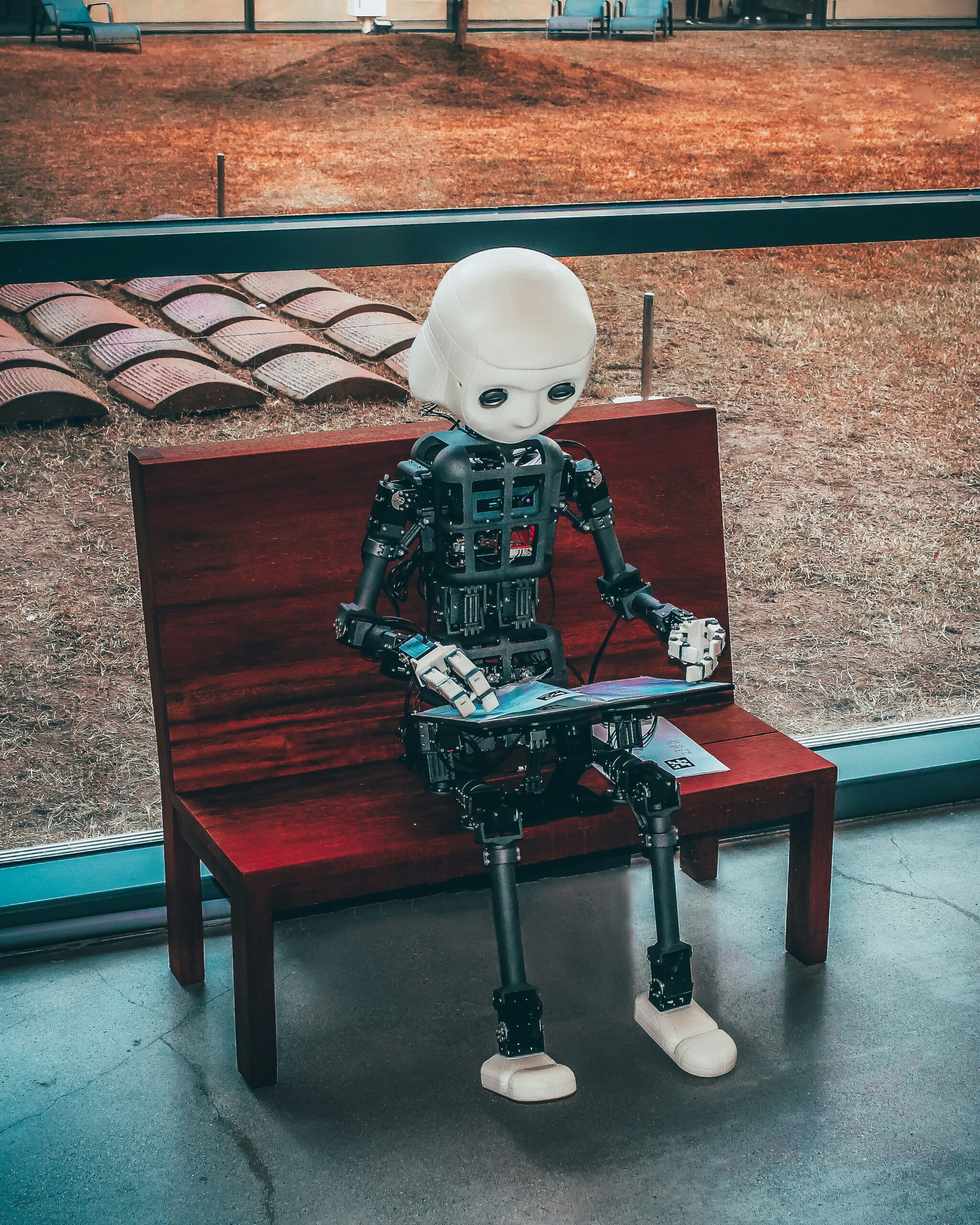Physical Address
Ottawa ,ON, Canada
Physical Address
Ottawa ,ON, Canada

The AI revolution in graphic design 2025 is changing how creatives work. From automating tasks to generating original designs and personalizing content, AI tools are empowering designers to produce faster, smarter, and more impactful work.
The AI revolution in graphic design 2025 is transforming the way creatives, businesses, and brands approach visual content. From automating repetitive design tasks to generating unique artwork with generative AI, these tools are making the design process faster, smarter, and more accessible. As we move through 2025, AI is no longer just an aid — it’s a driving force in the evolution of graphic design
This guide explores how AI is revolutionizing graphic design in 2025, the top tools driving this change, and the opportunities and challenges that come with it.
One of AI’s biggest contributions to graphic design is automation. Designers no longer need to spend hours resizing graphics, cleaning up images, or creating multiple versions of a campaign.
Practical Uses in 2025:
👉 Explore automation with Adobe Photoshop’s AI tools.
AI is not only automating tasks but also enhancing creativity. Generative AI tools allow designers to create original concepts, illustrations, and patterns with just a text description.
Top Generative AI Design Tools:
This doesn’t replace designers — it empowers them with a new layer of inspiration and efficiency.
Modern audiences expect content tailored to their preferences. AI allows designers to deliver personalized designs at scale — something previously impossible.
Examples in 2025:
👉 Read about personalization trends at HubSpot’s Marketing Blog.
AI now plays a major role in design collaboration platforms. Teams can co‑create designs with real‑time AI suggestions that speed up workflows.
How AI Supports Collaboration:
👉 See how teams collaborate with Figma Community Projects.
In 2025, AI tools don’t just create designs — they analyze user data to suggest what works best.
Applications:
This data-backed approach helps businesses make design decisions with confidence.
While AI brings tremendous benefits, it also introduces challenges in the design world:
Ethical frameworks are crucial to ensure AI supports rather than undermines creativity.
To stay competitive, designers in 2025 must embrace AI while sharpening uniquely human skills like storytelling, branding, and emotional intelligence.
Pro Tips:
👉 For more resources, explore our AI Tools Directory.
The AI revolution in graphic design 2025 is not about replacing designers but empowering them. From automation and personalization to data-driven insights, AI is redefining the future of creativity. Designers who adapt and integrate these technologies will thrive in a new era of limitless possibilities.
Are you ready to embrace the AI design revolution?
Image Credit by Andrea De Santis on Unsplash